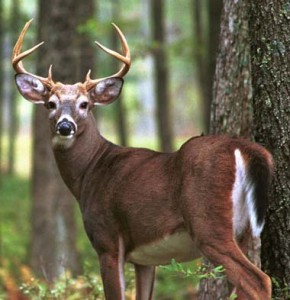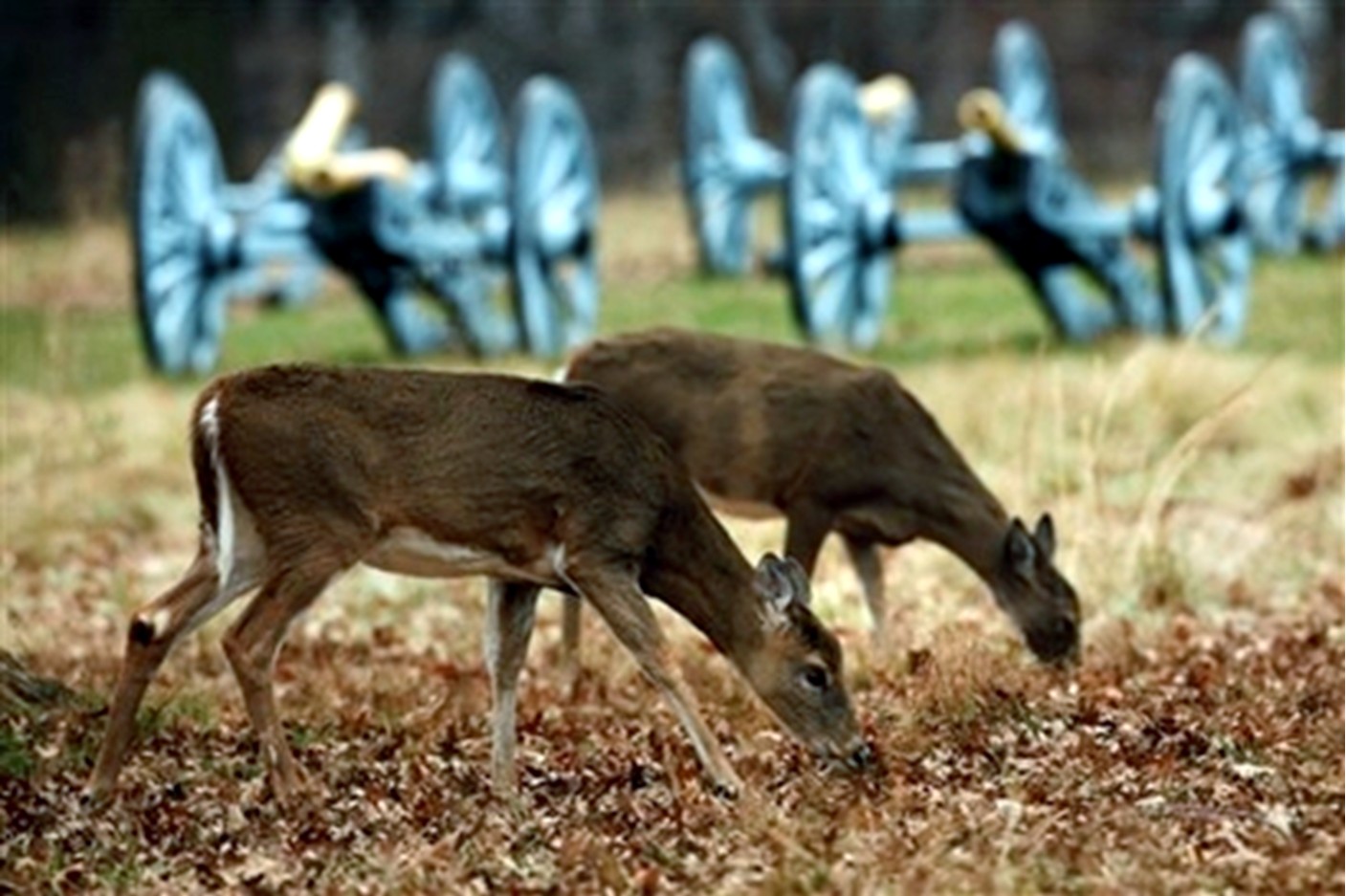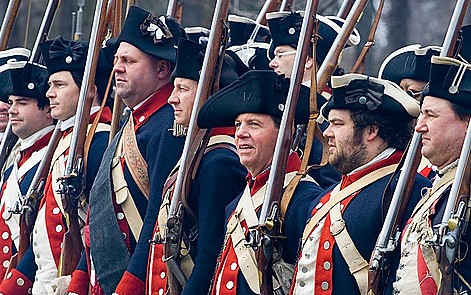I drove through Valley Forge National Historic Park, enjoying the weather  and the beautiful autumn colors of the trees. I was remembering General Washington and his Continental Army from 1777-78 as I exited the park onto Gulph Road by Rt. 422. With thoughts of the Revolutionary War in my mind, I turned the corner to see construction signs for the Valley Forge Casino Resort.
and the beautiful autumn colors of the trees. I was remembering General Washington and his Continental Army from 1777-78 as I exited the park onto Gulph Road by Rt. 422. With thoughts of the Revolutionary War in my mind, I turned the corner to see construction signs for the Valley Forge Casino Resort.
At a cost of $100 million, the new resort casino is scheduled to open in the spring of 2012. Apparently, the casino will create 500 permanent jobs and is expected to add many tourist and business dollars to the local coffers. Advertised as ‘world-class’, the casino will be housed in the Valley Forge Convention Center and feature 50 table games and 600 of the ‘most popular’ slot machines. Construction is currently underway to convert 40,000 square feet of the convention center into the casino.
By spring, our tourist and business travelers can tour Valley Forge National Historic Park, shop at the King of Prussia Mall and gamble at the casino resort. The architect for the project is Cope Linder Architects who designed the Borgata in Atlantic City. The architects will create a gaming space with high ceilings and design with feng-shui influence – sorry, not even this planned high-style design is selling me.
I have not heard any mention of infrastructure improvements as a result of the casino. My guess is that because the owners of the Valley Forge Convention Center are utilizing the existing footprint, additional improvements for road and traffic issues may not be a requirement for the land development project. So maybe it is incorrect of me to suggest that the planned resort casino will add to the existing traffic problems of Routes 23, 422 and 202 in the King of Prussia area. Maybe a casino will not add any more cars on the road than the convention center.
I saw an advertisement in the Pottstown Mercury newspaper that caused me pause. If you are a local college student that is looking for a new career path, apparently the Montgomery County Community College has partnered with the Valley Forge Casino Resort to train potential job candidates in the art of ‘card dealing’. Although employment at the casino is not guaranteed, the college course will teach you everything you need to know to become a dealer in the exciting casino world. Guess the saying, “if you play your cards right” has real meaning in this case! The country’s economy and lack of jobs coupled with promises of a lucrative, exciting life will probably encourage some of our Pennsylvania college age kids in the direction of casinos as a career path.
Bottom line for me . . . something just seems so wrong about a glitzy resort casino juxtaposed to the Valley Forge National Historic Park. I accept that many jobs will be created and additional revenue will help the local economy but I don’t think anyone can argue that a resort casino will forever change our landscape. I am not a gambler so maybe that is the major reason that I am saddened by this local construction project. I would be curious to know what others think of a casino in our backyard.




